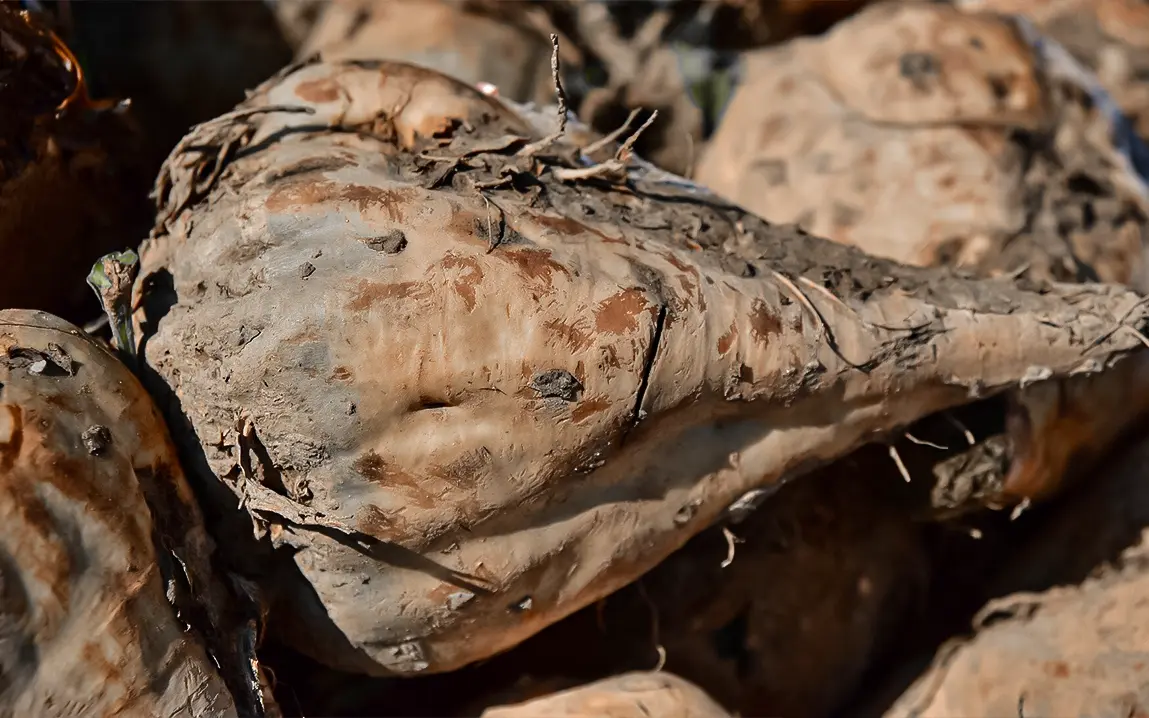What if the waste from sugar production could be used to improve gut health and replace plastic? That’s exactly what a team of researchers in Denmark is working on. Its early results suggest it could be a game-changer.
Using new enzyme-based technology, scientists can now separate the different fiber types in sugar beet pulp. It’s the plant material left behind after sugar is extracted. One group of fibers has potential as a health-boosting dietary supplement, while another, made of cellulose, could be used to make biodegradable materials that replace plastic.
A New Use for Sugar Beet Waste
Professor Anne S. Meyer, who leads the project, describes it as her “star project.” She believes it’s a step toward a circular bioeconomy, where crops are used for multiple valuable products, not just food.
“We already do this with grain crops,” Meyer explains. “We use not just the kernels but also the straw and husks. Now we want to do the same with sugar beets — using the leftover pulp to create nutritional and industrial products.”
Good for Your Gut and Your Health
One part of the fiber, known as bioactive pectin, has been shown in previous research to support gut health and reduce inflammation. Now, Professor Susanne Brix Pedersen and her team are studying exactly how these fibers affect the immune system.
“With people living longer, there’s more interest in staying healthy,” Meyer says. “These kinds of dietary fibers could be added to food or even made into supplements like capsules or drinks.”
Soft, Flexible, and Sustainable: A Plastic Alternative
The second significant breakthrough is the discovery of the sugar beet pulp’s cellulose. In contrast to the rigid, hard cellulose found in woods, sugar beet cellulose is more flexible and softer, ideally suited for employment in biodegradable composites.
These new materials would be used to substitute plastics in many industries and are being made recyclable and reusable, a major aspect of the project’s sustainability objective.
The team is working together with Swiss research facility EMPA, which is experienced in developing creative applications for cellulose and recycling. They are also working with sustainability expert Professor Michael Z. Hauschild to ensure the entire process is environmentally sound.
Next Steps: Testing and Scaling
Early lab tests show that the sugar beet-based materials can be formed into different textures and strengths, depending on how they’re processed. Work is now underway to test how well these materials hold up over time and how easily they can be taken apart and recycled.
The project has also developed new enzymes and techniques that may shape how plant materials are used in future eco-friendly production systems.
With its dual potential to support both human health and sustainability, this innovation could be a major step forward in how we use our food crops, turning waste into opportunity, and solving two global challenges at once.



